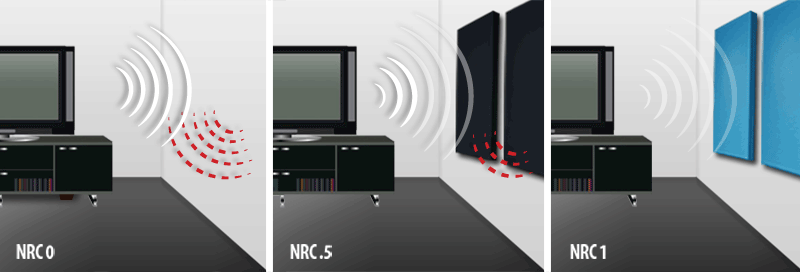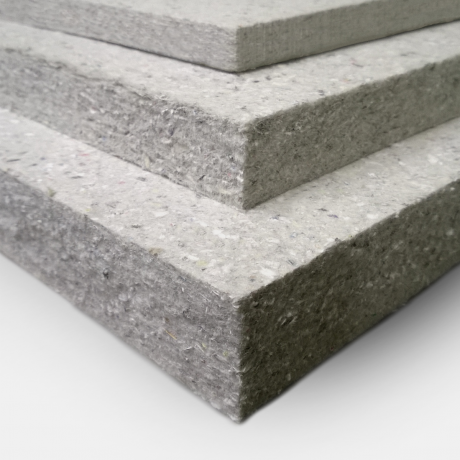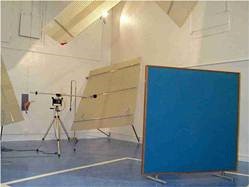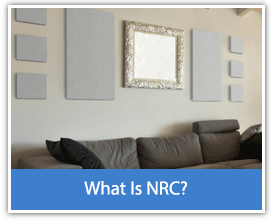5 Important Things You Need to Know About Noise Reduction Coefficients
- Mar 2, 2017
It’s one of the most common questions we’re asked here at Audimute. “What exactly is an NRC?”
Well, in technical terms, it is a scalar representation of the amount of sound energy absorbed upon striking a surface.
I know, that sounds like something you heard from your fifth grade science teacher once upon a time and forgot all about - so what exactly is a noise reduction coefficient? Do NRC ratings really matter? (We’ll give you this one - yes they do!)
I’m here to break it down for you and share with you the 5 most important things you need to know about Noise Reduction Coefficients.
1.) NRCs are an average rating of how much sound an acoustic product can absorb. This rating is important to know because it determines just how much quieter an acoustic product will make your space.

It’s easier to understand if you compare an acoustic panel to a sponge. Like a sponge absorbs water, an acoustic panel absorbs sound and NRCs tell us just how much sound it can soak up.
2.) NRC ratings vary on a scale from 0 to 1. An NRC of 0 means that the acoustic product is perfectly reflective – absorbs no sound, while an NRC of 1 means the acoustic product is perfectly absorptive – absorbs all sound.
The formulas used to find a product’s NRC does not result in a percentage and therefore, values larger than 1 are possible - like our bass traps that have a NRC of 1.15, but we’re not bragging. ;)
If you’re on the hunt for a solution to a noise problem in your space, you’ll want to look for acoustic products with high NRC ratings. The higher the NRC, the more sound the product will soak up.

3.) Thickness & density of a product are two really big factors in determining an NRC.
Here at Audimute we offer acoustic products in varying thicknesses. Thicker, less dense acoustic products absorb more. Thinner, more dense products absorb less.

4.) Acoustic product NRCs are determined using a microphone and fancy equipment that measures sound frequencies.
Well at least ours are. There are a few different ways to determine NRCs. We use the ASTM Standard Test Method for Sound Absorption.

5.) Soundproofing products do not have NRCs.
NRCs apply to absorption products, while STC ratings apply to soundproofing products.
If you’re not an acoustic expert - and we don’t expect you to be, it’s really easy to assume that all acoustic products are ‘soundproofing’ products. Not all acoustic products are created equal. You can learn more about the differences here.
If you’re interested in creating an amazing sound experience in your space with high ranking NRC products, give ourexperienced acoustic specialists a call or fill out a free room analysis form to find the perfect acoustic solution for you!
Resources:
http://www.alionscience.com/About-Alion/Labs-and-Facilities/Acoustics/Riverbank-Acoustical-Laboratories/Lab-Features


